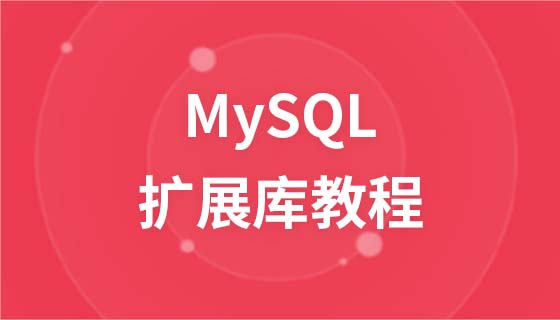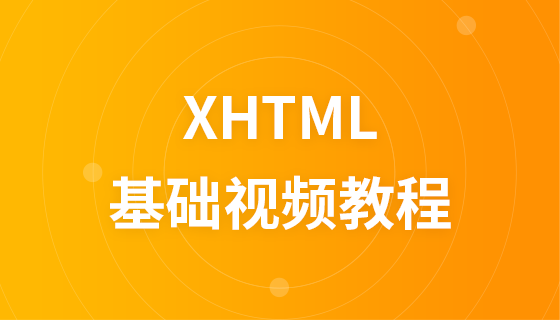自定义Laravel Session驱动需实现SessionHandlerInterface并通过服务提供者注册,最后在config/session.php中设置驱动名称。核心步骤包括:创建实现接口的类处理open、close、read、write、destroy和gc方法,确保读写高效、支持TTL和并发安全;通过SessionServiceProvider使用Session::extend()注册驱动,将自定义逻辑绑定到框架;适用于整合特殊存储、性能优化、合规需求、多应用共享Session等场景,服务提供者充当扩展粘合剂,实现无缝集成。

Laravel确实提供了非常灵活的机制来让你自定义Session驱动,这主要是通过实现PHP标准的
SessionHandlerInterface
要自定义Laravel的Session驱动,核心步骤是创建一个类来实现
SessionHandlerInterface
config/session.php
driver
很多时候,我们不满足于Laravel默认提供的Session存储方式,这背后通常有一些特定的业务或技术考量。我自己就遇到过这样的情况,比如我们公司有一个内部开发的分布式缓存系统,它比现有的Redis集群更适合存储Session数据,因为它对我们业务的读写模式做了特别优化。这时候,自定义Session驱动就成了必然的选择。
常见的场景大致有以下几种:
SessionHandlerInterface
SessionHandlerInterface
open($path, $name)
true
close()
true
open
open
read($sessionId)
$sessionId
''
write($sessionId, $data)
$sessionId
$data
true
false
config('session.lifetime')read
destroy($sessionId)
$sessionId
true
false
gc($maxLifetime)
$maxLifetime
$maxLifetime
config('session.lifetime') * 60gc
gc
在实现这些方法时,并发处理往往是最容易被忽视但又最重要的一点。如果没有适当的锁机制,多个并发请求可能会导致Session数据损坏或丢失。例如,一个请求读取了旧数据,另一个请求写入了新数据,然后第一个请求又基于旧数据写入,覆盖了第二个请求的更新。这是一个经典的竞态条件问题。
将自定义Session驱动集成到Laravel框架中,主要通过服务提供者(Service Provider)来完成。服务提供者是Laravel应用启动的核心,它们负责注册服务、绑定接口到实现,以及扩展框架的核心功能。
创建自定义Session处理类: 首先,确保你已经创建了实现
SessionHandlerInterface
app/Extensions/CustomSessionHandler.php
<?php
namespace App\Extensions;
use SessionHandlerInterface;
class CustomSessionHandler implements SessionHandlerInterface
{
// ... 实现 open, close, read, write, destroy, gc 方法 ...
public function open($path, $name): bool
{
// 例如,初始化连接,但通常直接返回 true
return true;
}
public function close(): bool
{
return true;
}
public function read($sessionId): string
{
// 从你的存储中读取数据
// 示例:这里只是一个占位符,实际需要从DB/Redis等获取
$data = SomeCustomStorage::get($sessionId);
return $data ?: '';
}
public function write($sessionId, $data): bool
{
// 将数据写入你的存储
// 示例:这里只是一个占位符,实际需要写入DB/Redis等
SomeCustomStorage::put($sessionId, $data, config('session.lifetime'));
return true;
}
public function destroy($sessionId): bool
{
// 从你的存储中删除数据
SomeCustomStorage::delete($sessionId);
return true;
}
public function gc($maxLifetime): bool
{
// 执行垃圾回收,删除过期Session
// 如果你的存储有原生TTL,这里可以留空或只做一些检查
SomeCustomStorage::deleteExpired($maxLifetime);
return true;
}
}创建或修改服务提供者: 你可以选择在现有的
AppServiceProvider
SessionServiceProvider
SessionServiceProvider
php artisan make:provider SessionServiceProvider
然后,在
app/Providers/SessionServiceProvider.php
boot
Session::extend()
<?php
namespace App\Providers;
use App\Extensions\CustomSessionHandler;
use Illuminate\Support\Facades\Session;
use Illuminate\Support\ServiceProvider;
class SessionServiceProvider extends ServiceProvider
{
/**
* Register services.
*/
public function register(): void
{
//
}
/**
* Bootstrap services.
*/
public function boot(): void
{
Session::extend('custom', function ($app) {
// $app 是 Illuminate\Foundation\Application 实例
// 返回你的 SessionHandlerInterface 实现的实例
return new CustomSessionHandler();
});
}
}这里,
'custom'
Session::extend()
$app
CustomSessionHandler
注册服务提供者: 如果创建了新的
SessionServiceProvider
config/app.php
providers
// config/app.php
'providers' => [
// ...
App\Providers\SessionServiceProvider::class,
],配置config/session.php
config/session.php
driver
// config/session.php
'driver' => env('SESSION_DRIVER', 'custom'), // 将 'file' 或 'database' 改为 'custom'通常,我会使用环境变量来控制这个,这样在不同环境可以灵活切换。
服务提供者在这里扮演的角色是“粘合剂”和“扩展点”。它在Laravel应用启动的生命周期中,提供了一个机会让你注入自定义逻辑,扩展框架的核心组件。
Session::extend()
SessionHandlerInterface
以上就是Laravel自定义Session驱动?Session扩展怎样做?的详细内容,更多请关注php中文网其它相关文章!




Copyright 2014-2025 https://www.php.cn/ All Rights Reserved | php.cn | 湘ICP备2023035733号